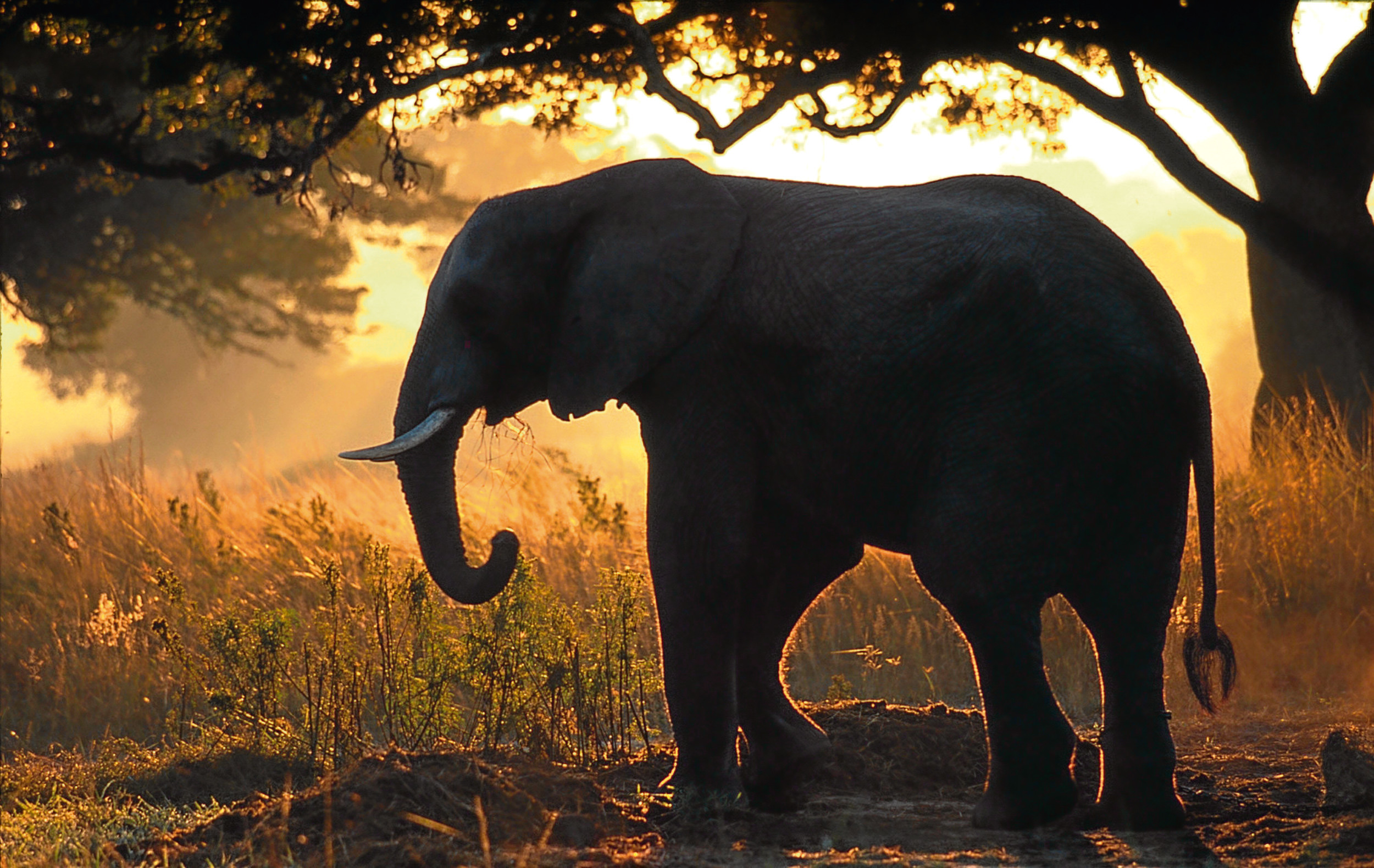I was standing in the queue waiting to pay for petrol in a filling station about a year ago, and there was one of those little screens that give you a rolling bulletin of traffic problems on nearby roads. It was obviously having a quiet day because every now and again it resorted to little philosophical homilies about driving.
The one I liked was this: “You aren’t stuck in traffic. You ARE traffic.”
The memory of its that-means-you-too implication sneaked somewhat incongruously into a corner of my mind while I was reading The Living Planet 2016, a report newly published by the World Wide Fund for Nature and the Zoological Society of London.
The report is one of the most chilling things I have ever read.
Its most terrifying statistic is that although we only have one planet, we are currently using the resources of one-and-a-half planets; in other words, we are using Earth’s resources faster than it can renew them, and that is the living definition of a road to nowhere, a road to nothing at all.
The problem
The most terrifying word in that sentence is “we”. We aren’t stuck with the problem. We ARE the problem.
The report chose to highlight the global toll of wildlife: by 2020 the world’s wildlife population will have fallen by two-thirds since 1970, which is 50 years of wilful slaughter.
It homed in on the decline of elephants, tigers, leopards, gorillas, turtles, whales, pandas – the big box office animals of the world that guarantee headlines. It is tempting to look at the list and think that it doesn’t concern us, that Scotland is not part of the problem.
Wildcat. Capercaillie. Beaver. Wolf. Grouse moor. Deer forest. Windfarms. The fracking lobby. Wetland. Native forest. Seabird colonies. Pollution. Climate change. And the one that claims to look after the environment but actually uses 70% of the Earth’s fresh water – agriculture. It’s our problem alright.
This is happening on your watch and mine.
The Living Planet makes the point that nothing like it has happened since the demise of the dinosaurs 65 million years ago, but I’m not sure it’s a valid comparison.
Attitude
We don’t know why the dinosaurs became extinct but we do know why this 50-year onslaught on the world’s wildlife is happening: it’s because of us, because of an indifferent attitude towards the world where we live.
I appreciate that not everyone is fascinated by wildlife. But whether you love it or not, here is why it matters.
By creating the conditions which wipe out wildlife species we destroy the ecosystem, and by destroying the ecosystem we make our own planet uninhabitable for ourselves as well as for whales and tigers.
Without the most searching reappraisal of the way we live our lives, the legacy we will hand down to our children’s children and every succeeding generation is a poisoned one. So yes, as things stand, we have set in motion the process that wipes out our descendants.
We have to stop it.
Mario Lambertini, the director-general of WWF International said “We have the tools to fix this.”
He’s right. We have.
One of the ways we do that is by changing the way the world produces and consumes food so that it feeds itself in a sustainable way.
Significant
With that end in view, the year 2020 is significant for quite another reason.
It is then that commitments made by the world’s governments in Paris will start to take effect – if those commitments are honoured.
In Scotland, the deal that gives the ecosystem its best chance is the one that liberates land for wildlife, that maximises wildlife’s potential to heal the land and the water, that puts back those species whose lifestyles create opportunities for countless other wildlife tribes, beginning with the wolf and the beaver because they are the prime movers and shakers in nature’s scheme of things in a northern hemisphere country like ours.
The global effect is only felt if we all do it, country by country.
We aren’t stuck in traffic.
We ARE traffic.










